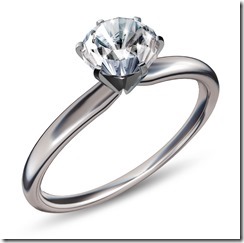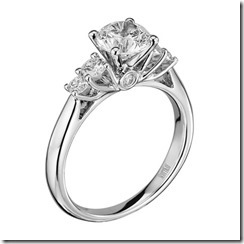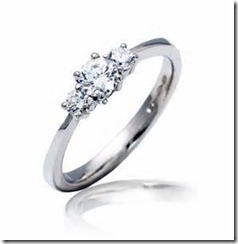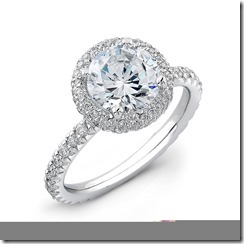When purchasing a loose diamond you should expect to see a copy of its certificate, provided by an independent third party laboratory. A diamond certificate, also called a diamond grading report, a diamond dossier, or a diamond quality document, proves that your diamond has gone through a thorough and unbiased professional examination. A diamond grading report will evaluate a diamond on many different components including:
- Shape and Cutting Style
- Measurement: The diamond’s dimensions measured in millimeters.
- Weight: Weight of the diamond listed to the nearest hundredth of a carat.
- Depth: Depth (for round diamonds) and/or width (for fancy shapes) relative to the diamond’s diameter.
- Table: Table facet (for round diamonds) and/or width facet (for fancy shapes) relative to the diamond’s diameter.
- Girdle: Range of girdle’s thickness.
- Cutlet: Appearance of cutlet facet.
- Finish: grades of symmetry and polish.
- Clarity: Clarity grade determined under 10 x magnification
- Clarity Plot: A map of the approximate size, type, and position of inclusion as viewed under a microscope.
- Color: Grade of color.
- Fluorescence: Color and strength of color when a diamond is viewed under UV light.
- Comments: Additional comments on the diamond’s characteristics not mentioned in the report.
Diamond Grading Laboratories
The Gemological Institute of America (GIA) and the American Gem Society Laboratories (AGSL) are among the most respected diamond grading institutions used today in USA. And there are many others in different parts of the globe.
All the jewelry items in ‘Diamond Collection’ carried by Glamorize Yourself are certified by one or the other Diamond Grading Laboratory across the globe, depending upon the location of origin.



